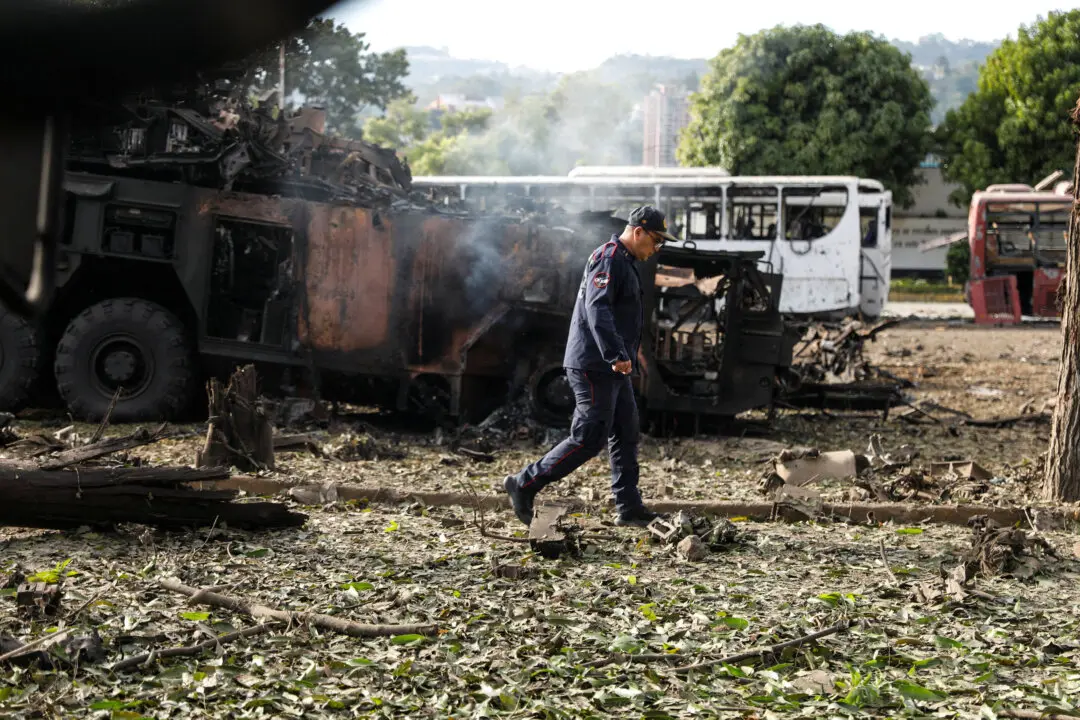Japan’s ruling Liberal Democratic Party has approved a proposal to ease limitations on the military use of weapons against unmanned aircraft that violate Japanese airspace.
The proposal, which was put forward by the Ministry of Defense on Thursday, would allow Japan’s Self-Defense Force (SDF) to shoot down foreign balloons and drones to protect the lives of citizens.





